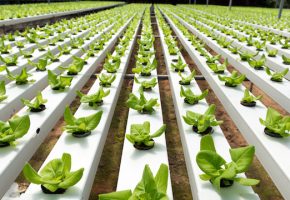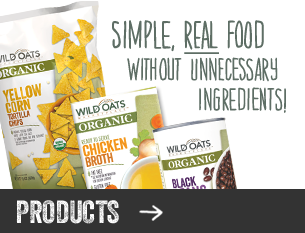If you, or your kids are texting wizards, you’ll know that “K” is messaging shorthand for “OK.”
And that kind of fits here too, because if you get your daily K, it will help your body be A-OK!
I’m talking about something called the “forgotten vitamin.” Maybe that’s because it comes in after A, B, C, D and E, and after that middle alphabet territory that doesn’t seem to stand for any nutrients.
Sure, D is something we all need more of (see Dr. Daria’s series on this amazing vitamin). And the magic here is that K can actually help D do its job – and vice versa.
But K really is the forgotten vitamin. If you know of it at all, that’s probably about how it helps with blood clotting. But K is good for a lot more.
It can help keep your bones strong, protect your heart, is beneficial for your brain and also helps regulate blood-sugar levels.
Perhaps one of the biggest “gifts” K can give us is in the bone department. Research from Japan is showing that vitamin K can both reverse bone loss and increase bone density.
So now you’re probably ready to Google “foods with vitamin K,” but not so fast.
Because unless you’re a fan of fermented foods like natto (a traditional Japanese dish made from fermented soy), it’s not easy to get the right kind of K, or enough of it.
There are three kinds — a synthetic version called K3 (that many experts say can be toxic), K1, the kind you can get from eating lots of green leafy vegetables, and K2, the blockbuster those researchers in Japan looked at.
Our bodies can convert K1 – from the green veggies – into K2, and that’s great, but it’s not an optimal process.
To get the real benefits of K2, your best bets are fermented foods, such as the natto I mentioned. If you’re taking a K2 supplement (which should be one made from natto or nattokinase), be sure to take it with a food high in fat, so your body can utilize it as K is a fat-soluble vitamin.
And then you’ll be ready to text the message: GMKTD! Translation: “got my K today!”
Note: If you’re taking a blood thinner or have blood clotting problems, you should talk with your doctor about eating foods high in vitamin K or before you start on a supplement.


 Contact us
Contact us





